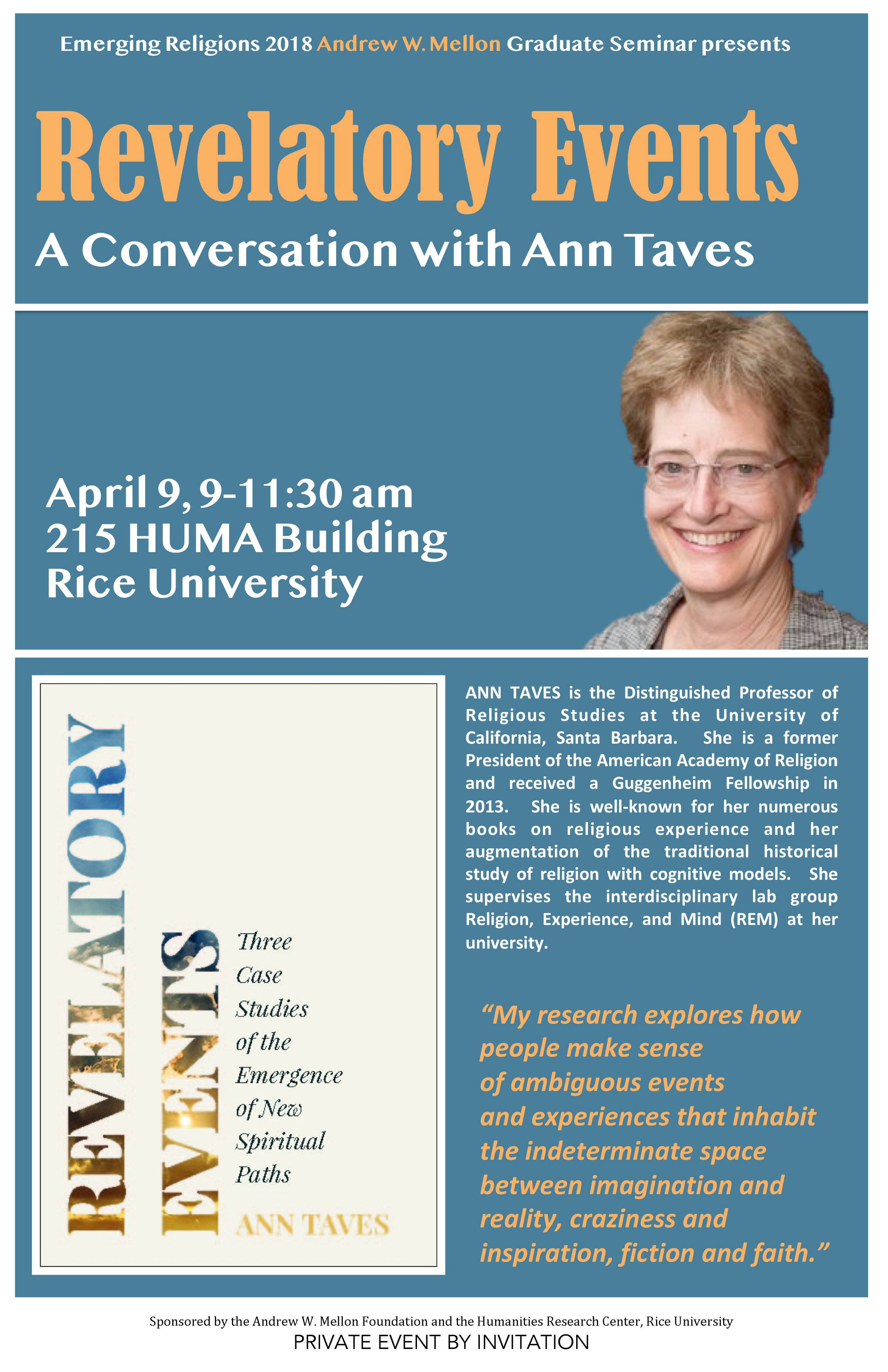What is cognitive historicism?
This is an embodied historical approach that I am developing in order to take into account cognitive processes, as well as social processes, in the creation and interpretation of cultural productions like biblical texts. Because we can only study religious beliefs and practices as they are refracted in culture, this approach seeks to explain religion and construct histories of religions from the cultural productions they leave behind, whether these be ritual utterances or written books, whether prescribed gestures or special objects, whether esoteric diagrams or commissioned buildings.
COGNITIVE HISTORICISM is a critical and pragmatic approach to cultural productions that seeks to understand and analyze them as public conduits of mental connectivity shared by individuals. Interpretation of the cultural production resides at the center of this approach. The cultural production is understood to be embedded within dynamic systems of meaning-connectivity or networks of knowledge on both personal and social scales. This approach recognizes that productions often are created and endure for personal and professional advantage, for some type of capital, whether this is intentional or not, whether this is structural or not.
Quite simply, productions like ritual utterances or biblical texts are understood to be public representations of individual mental representations, that is, the externalization of ideas, beliefs, intentions and preferences of a person. They are literally externalized cognition. COGNITIVE HISTORICISM understands that a production, its architect and its users, exist within complex webs of knowledge and social environments or matrices. These webs of knowledge do not exist ontologically apart from the individuals’ minds that create, inhabit and share them through utterances and gestures, or distribute them through the production of physical artifacts. On the most general level, these webs of knowledge are the networks of causal relationships that exist between mental representations housed in an individual’s mind and shared publicly with the minds of other individuals that inhabit social groups or matrices. The public representation takes the form of any physical production including signals, gestures, rituals, utterances, texts and pictures.
Why is it useful?
In recent years, biblical scholars have been developing many contemporary approaches to study texts, such as Socio-Rhetorical Interpretation and Rhetorical Criticism, Reader-Response Criticism, Structural and Poststructural Criticism, and Social-Scientific Criticism. Each of these interpretative strategies are very valuable hermeneutic tools. But they are separate mansions. COGNITIVE HISTORICISM is an overarching method. What it can provide is the construction of a house for the many mansions. It is a METACRITICISM that can interface with other interpretative strategies in very useful ways.
The following publications address my work on Cognitive Historicism
"The Road for the Souls is through the Planets: The Mysteries of the Ophians Mapped"
2013. “The Road for the Souls is through the Planets: The Mysteries of the Ophians Mapped.” Pages 37-74 in Practicing Gnosis: Ritual, Magic, Theurgy and Liturgy in Nag Hammadi, Manichaean and Other Ancient Literature. Essays in Honor of Birger A. Pearson. Edited by April D. DeConick, Gregory Shaw and John D. Turner. Nag Hammadi and Manichaean Studies 85. Leiden: Brill.
Why was it developed?
As I have conducted my research, I have been asking serious questions about the historical critical studies I am reading and those I myself am generating.
- What does it mean to the historical enterprise when texts are forced to fit the logic of a modern person, when modern logic is privileged at the expense of the logic of the subjects themselves?
- What does it mean to the historical enterprise when historians snag what they can from the sources to construct systems of backgrounds, influences and linear causal developments that may never have existed in history?
- What does it mean to the historical enterprise when we construct an author’s intent, and then understand this construction as primary and authoritative?
- What does it mean to the historical enterprise when we understand the message of the text to be separate from the extended conversation that the text was part of and fueled?
- What does it mean to the historical enterprise when we treat texts as disembodied discourses, as intellectual histories with no real connection to the material human beings who produced them – to their tangible material bodies or to the material culture they inhabited?













